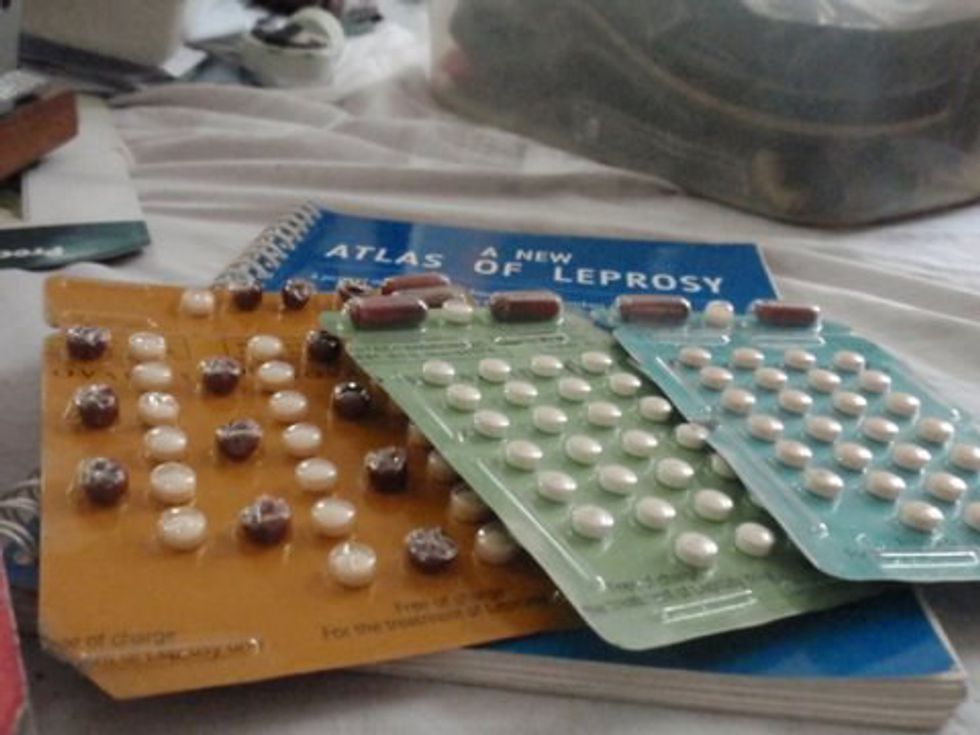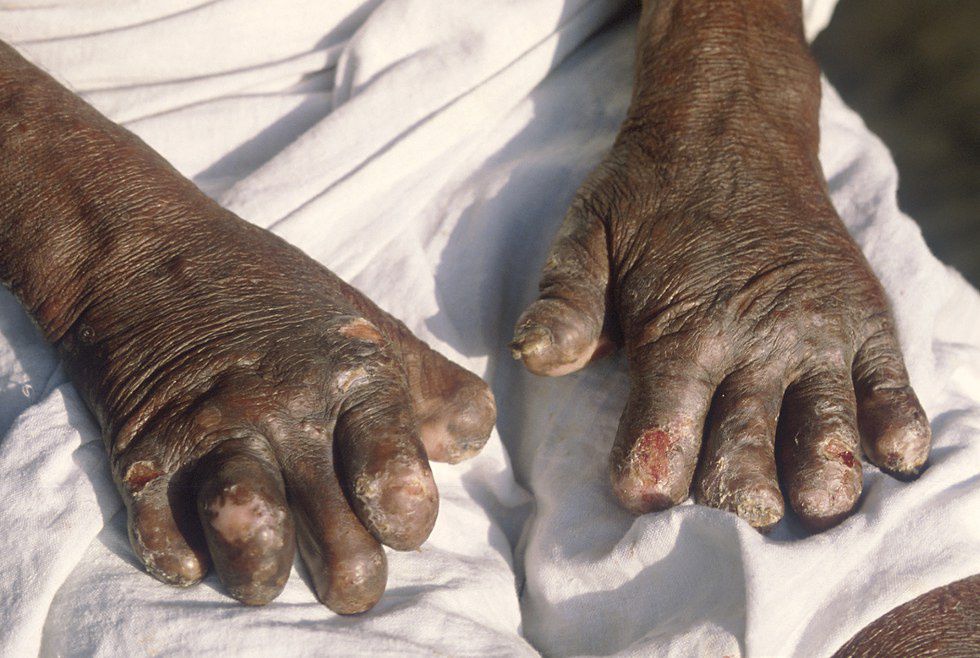When most people think of leprosy, also known as Hansen's disease, they think of biblical times -- the times when lepers were sent away and had to form their own colonies. The first documentation of leprosy dates back to 600 B.C., so the disease has been observed and documented by societies for a long time.
What a lot of people do not realize is that leprosy is still prevalent throughout the world. In some countries, leprosy can be a devastating illness to families and those afflicted by it. An additional problem is the stigma that the disease carries, preventing patients from coming forward and seeking treatment.
The first cure against the bacillus, known as Mycobacterium leprae, was developed in the 1940s; it was the drug dapsone; however, similar to the problem we are observing in other infectious diseases (i.e. methicillin-resistant Staphylococcus aureus), the pathogens became resistant to the drugs administered. Eventually, in the 1960s another drug treatment was created, consisting of rifampicin and clofazimine. Together, dapsone and the other two, formed a multi-drug therapy concoction.
Even though there are drugs, the infection still occurs throughout the world and there are multiple side effects if a person is infected. The disease can damage a person's skin, nerves, arms, legs, feet, and eyes. If infected, this can cause problems for people who need these body parts for their living; it can create a barrier. Even if they find a way to overcome this problem, they may be met by stigmas and fear in their community, as leper colonies still exist today.
An example of a more recent leper colony where people were stigmatized and killed is Sorok Island in South Korea. Daily Mail reported, "In South Korea, the stigma still remains strong."
In the past, the stigma helped propagate an island devoid of human rights. The patients were tortured and often sterilized. Kan said, "We were nothing but skin and bones. We only had rice, kimchi, and watery soup. Back then, we weren’t treated as human beings.”
In an article for the New York Times, patient Kim Chung-Hang said, “This place was worse than hell." There was a time when one hospital director made them worship a 31-foot statue of him. Not only was their humanity diminished through this form of idolatry, families were split, and there were incidents in 1948, 1957, and 1964 where 150 lepers total were killed.
Although the disease is not as prevalent in populations as it once was and is endemic to fewer countries, it is still around and stigmatized. Fear of a disease can cause horrific incidences, such as what took place on Sorok Island, although the disease is not highly infectious. The disease can only be contracted through frequent contact with droplets from the mouth and nose of a person infected. Leprosy now is also curable, if diagnosed. And the World Health Organization provides free multi-drug treatment. Still, misinformation or lack of education drive fear and allow stigmatization of the disease to still exist today. After all this time, we should be able to realize that a person with a disease is infected, just as any other disease, and that we should not treat them any differently than someone with the flu besides learning about their disease and what safety precautions to take.
























